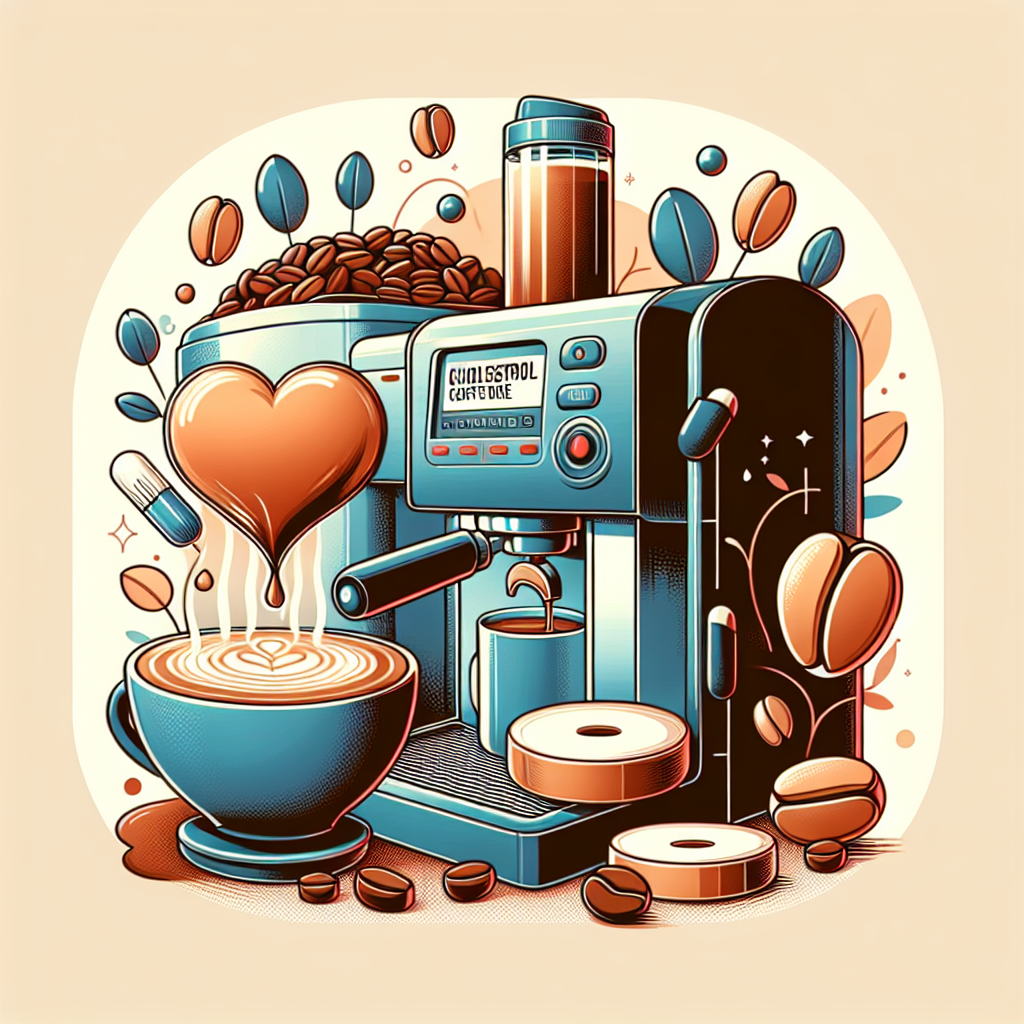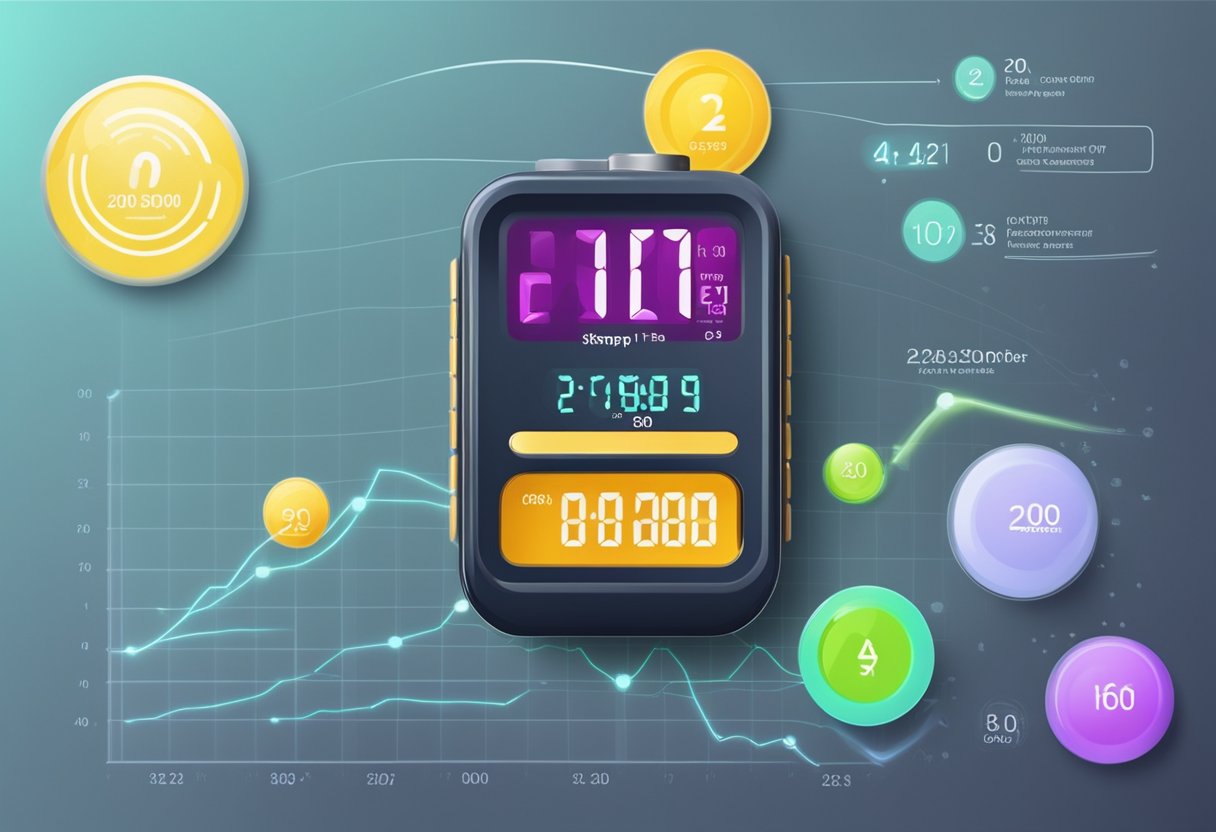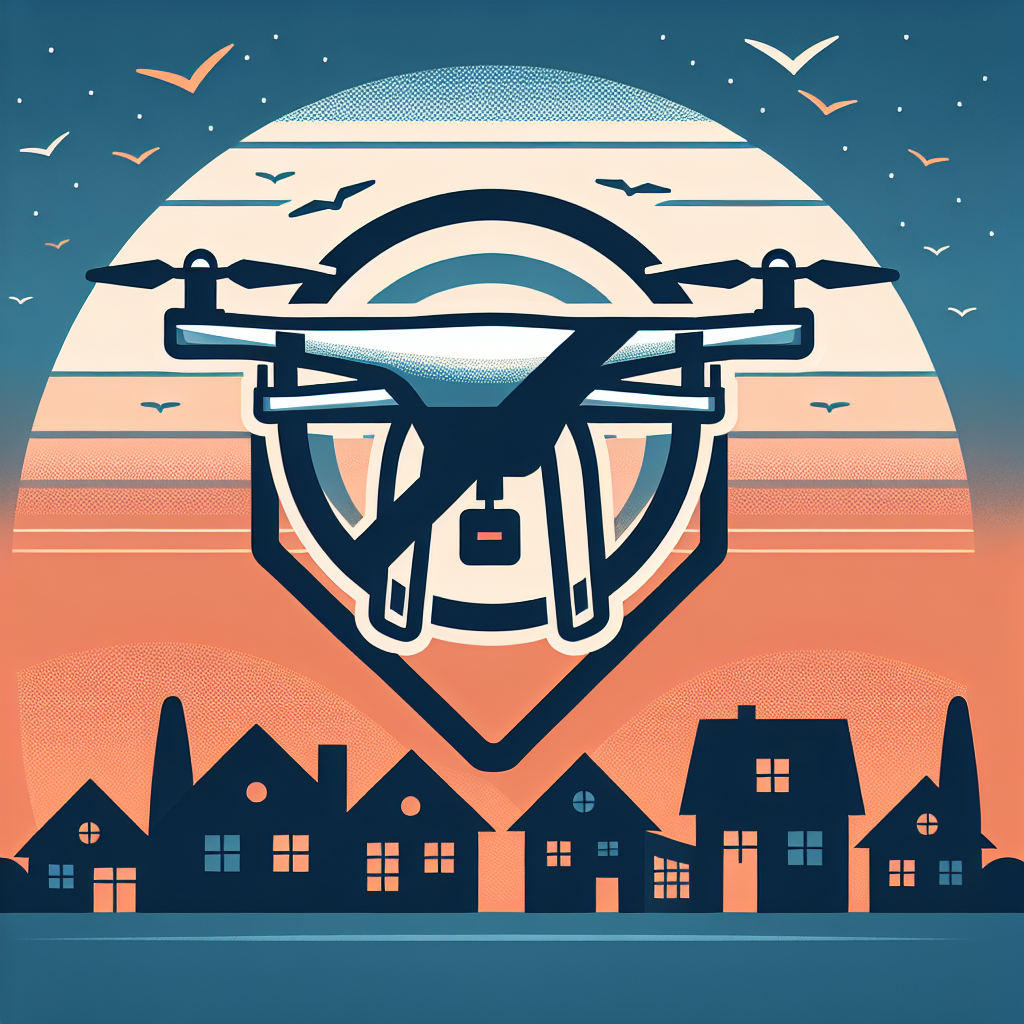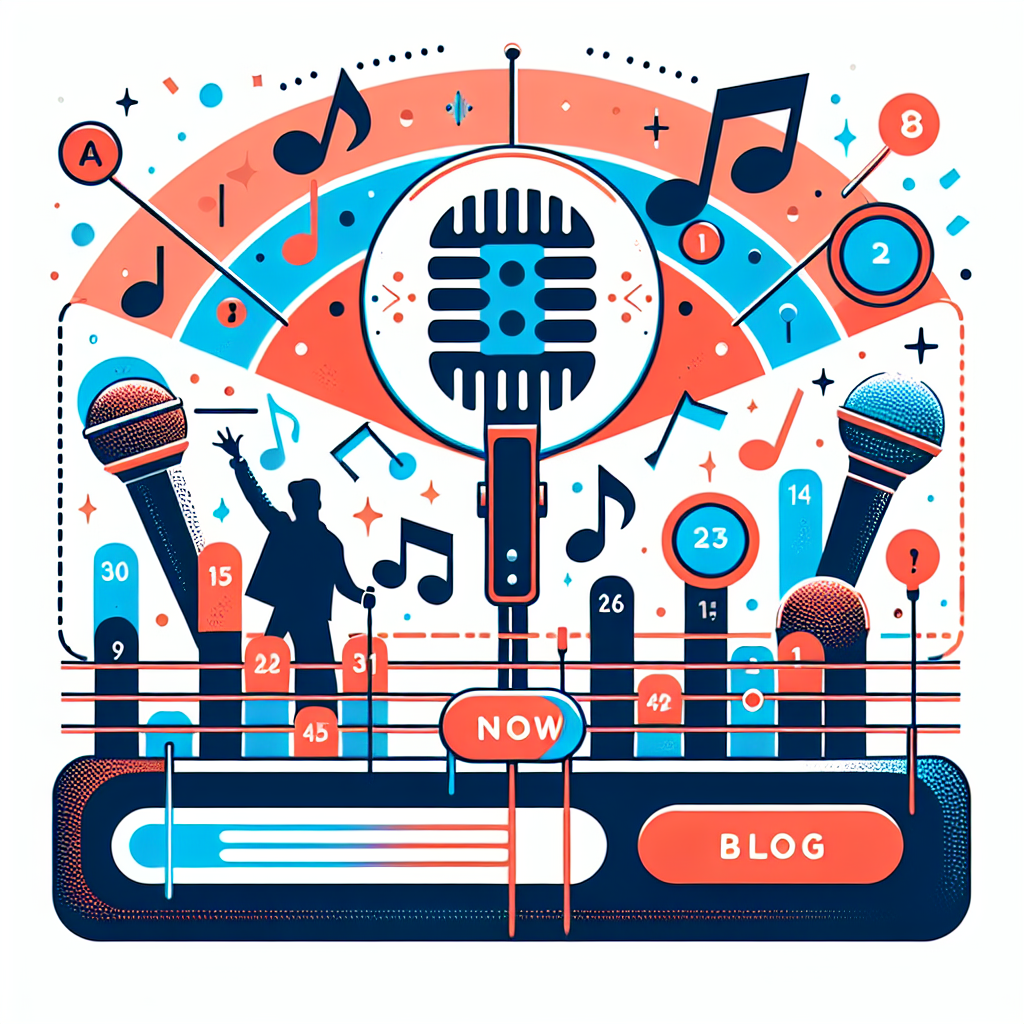Understanding the Connection Between Low Blood Pressure and Cold Hands
Low blood pressure (hypotension) can lead to various symptoms, including cold hands. This article explores the relationship between low blood pressure and cold extremities, uncovering the causes, symptoms, and remedies.

What Is Low Blood Pressure?
Low blood pressure, medically known as hypotension, is generally defined as a reading below 90/60 mmHg. While some individuals may naturally maintain lower blood pressure without adverse effects, for others, it can lead to symptoms that can impact daily life. Common symptoms of low blood pressure include dizziness, fatigue, fainting, and cold extremities such as hands and feet.
Why Does Low Blood Pressure Cause Cold Hands?
Cold hands can be a direct result of reduced blood flow, which is often associated with low blood pressure. Here’s how:
- Reduced Circulation: Low blood pressure leads to decreased blood flow, especially in peripheral areas. This reduction is more noticeable in the hands and feet, leading to a sensation of coldness.
- Body’s Response to Cold: When body temperature drops, blood vessels constrict to preserve heat. If you have low blood pressure, this response can be exaggerated, further cooling your hands.
- Autonomic Nervous System: This system regulates blood pressure and blood flow to extremities. Low blood pressure can cause autonomic dysfunction, leading to poor circulation and cold hands.
Symptoms of Cold Hands Due to Low Blood Pressure
Identifying cold hands as a symptom of low blood pressure is crucial. Here are additional symptoms that often accompany cold hands in those with hypotension:
- Dizziness or lightheadedness, especially upon standing up
- Fatigue or lethargy
- Blurred vision
- Palpitations or an unusual heart rhythm
When to Consult a Doctor
Cold hands may occasionally happen due to low blood pressure, but persistent issues should prompt a visit to a healthcare professional. If you experience the following, seek medical attention:
- Cold hands accompanied by severe dizziness or fainting spells
- Coldness that persists despite warming measures
- Other concerning symptoms like shortness of breath or chest pain
Managing Low Blood Pressure and Cold Hands
If you suffer from low blood pressure and experience cold hands, consider these management strategies:
- Stay Hydrated: Increasing fluid intake can help raise blood pressure. Drink plenty of water throughout the day.
- Dietary Adjustments: Incorporate more salt into your diet, as sodium can elevate blood pressure. Foods rich in potassium, like bananas and spinach, can also be beneficial.
- Wear Warm Clothing: Keep your hands and feet warm with gloves and socks. Layering clothing can also help maintain your body temperature.
- Limit Alcohol Intake: Alcohol can lower blood pressure further, so it’s wise to limit its consumption.
- Exercise Regularly: Moderate exercise can improve circulation and help regulate blood pressure levels.
Home Remedies for Cold Hands
There are some home remedies that may help alleviate cold hands linked to low blood pressure:
- Warm Water Soak: Soak your hands in warm water to improve circulation.
- Massage: Gently massaging your hands can stimulate circulation and promote warmth.
- Herbal Teas: Drink ginger or cayenne pepper tea, both of which are known to boost blood flow.
Living with Low Blood Pressure and Cold Hands
Managing low blood pressure and the associated symptom of cold hands requires awareness and proactive measures. Lifestyle adjustments can greatly improve your quality of life. Maintain regular dialogue with your healthcare provider to monitor your blood pressure effectively and adjust treatment plans as necessary.
Conclusion
Low blood pressure and cold hands are often interconnected. Understanding the underlying mechanisms can help you manage your symptoms effectively. By making informed lifestyle choices and seeking medical guidance when necessary, you can mitigate the effects of low blood pressure and enjoy warmer hands.
New posts

Understanding Normal Pulse Rates: What Is a Normal Pulse?
Fitness

Understanding Ruhepuls 60: A Guide to Optimal Heart Rate
Fitness

Understanding Ruhepuls 45: The Ideal Resting Heart Rate for Your Health
Fitness

Understanding Normal Pulse Pressure: What You Need to Know
Lifestyle

Low Blood Pressure and Trembling: Understanding the Connection
Wellness

Understanding Low Blood Pressure at Night: Causes, Symptoms, and Management
Wellness

Understanding Pulsdruck: Key Insights into Your Blood Pressure Dynamics
Wellness

Understanding Why You Might Experience Niedriger Blutdruck
Lifestyle

Navigating Low Blood Pressure and High Pulse: Key Insights
Wellness

Understanding Ruhepuls 40: What It Means for Your Health
Fitness
Popular posts

Understanding Low Blood Pressure and Tiredness: Insights and Solutions
Lifestyle

Understanding Low Blood Pressure with High Pulse Rate
Wellness

Understanding Normal Blood Pressure: A Deep Dive
Wellness

Effective Strategies for Managing Heart Palpitations: What to Do When Experiencing Herzrasen
Lifestyle

Recognizing the Symptoms of High Blood Pressure
Wellness

What to Do When You Have a High Heart Rate
Lifestyle

Understanding Low Blood Pressure: What Does the Lower Value Mean?
Wellness

Understanding Blood Pressure: What Does 110 Over 70 Mean?
Lifestyle

Understanding High Pulse and Low Blood Pressure: Causes and Solutions
Management

Effective Remedies for Low Blood Pressure
Lifestyle